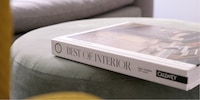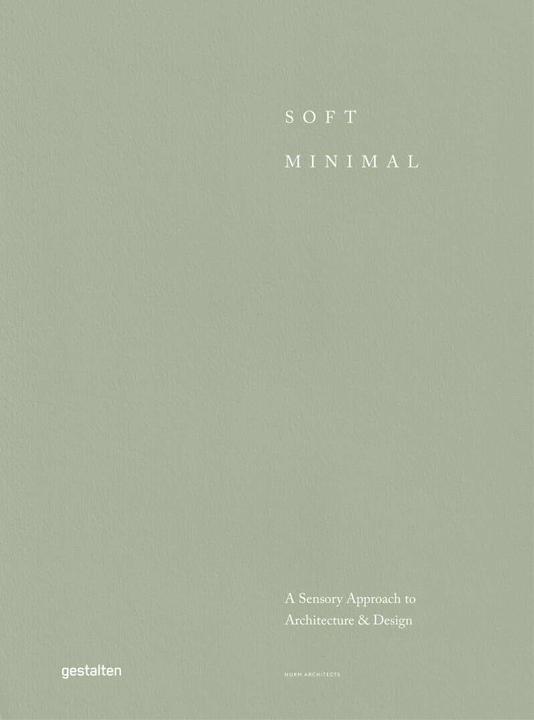

«Soft Minimal» by Norm Architects – a book for the senses?
The images and passages in Norm Architects’ first book are intoxicating. But one thing could make my euphoria even greater.
Norm Architects believe that «good design is an important element of a good life», as they state in the editorial of their first book titled «Soft Minimal». This Copenhagen-based creative collective works in industrial design, architecture, interior design, photography and art direction. They also have ample experience in designing residential and commercial buildings. They’ve condensed 15 years of work on 304 pages with the aim to showcase their values and design principles.

This inspirational book and manifesto is divided into eight chapters. It contains thought-provoking essays on the definition of design as well as images to stimulate the senses.
First impressions: eye candy
The cover alone earns «Soft Minimal» a pole position in my bookcase. It’s practically monochromatic and adorned with a few photos that promise my eyes they’re in for a treat. Flicking through the book confirms my first impression. My gaze wanders through the rooms. There’s no unsightly cable clutter or product placement in sight.
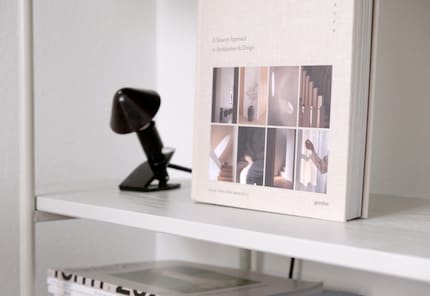
Source: Pia Seidel
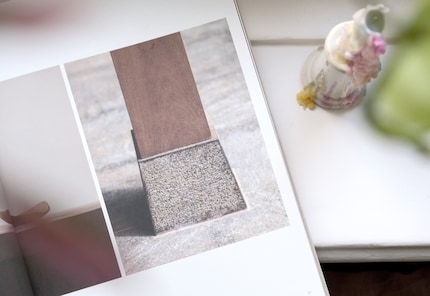
Source: Pia Seidel
Thanks to close-ups, I don’t miss any of the details – from a door handle at a forest retreat to a coat hanger at The Audo concept store to the backrest of the Braid chair. Judging by the zoomed-in images, Norm Architects have left nothing to chance.
Just like the displayed projects, the design of the book is homogenous. The transitions are so smooth, it feels as if I’m looking at one and the same building on each page. Even the cappuccino palette is a recurring theme. The pleasant flow between the pages is soothing to my eyes, which are usually subjected to the gaudy overstimulation of Instagram and Pinterest feeds.
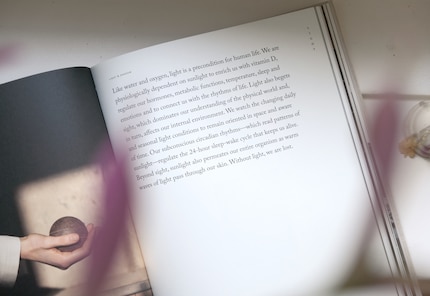
Source: Pia Seidel
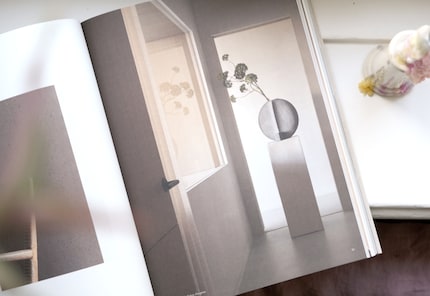
Source: Pia Seidel
Food for thought
In their essays, Norm Architects convey their values and explain their human-centric design philosophy. The chapter «Light» is dedicated to the necessity of shadows to create havens of retreat. «Shadows are an overlooked aspect of spatial design, but their sombre realms provide necessary conditions to evoke deep psychological states.» In a side note, I come across a design element that illustrates this concept a bit more: «Tokonoma», which are small alcoves or bay windows that are about one to two metres wide. They’re something you usually see in traditional Japanese architecture. Norm Architects use them in their projects to highlight selected objects. On the one hand, they capture light in nooks. On the other hand, the shadow gives them more depth.


Source: Photo: Pia Seidel
Tactile temptations
In the editorial, Norm Architects state that the book contains «tactile imagery» and is in itself a «tactile object». Reading this, I expect to see different paper grades or thicknesses at some stage. However, it’s only the photos that depict tactile objects. The cover is the only part that has a different structure. It’s made of a linen fabric featuring an embossed font and printed surface. The rest is made of the same type of paper.
Conclusion: a piece of poetic literary work, but not particularly tactile
According to the back-cover blurb, the architecture studio wants to «make tangible what are often intangible notions» with this book. In my opinion, it only does this to a certain extent. «Soft Minimal» offers plenty of aesthetic inspiration, but it doesn’t give you any concrete tips on how to redesign your space. Instead, there are essays that encourage readers to reflect on design as a concept. For my taste, they’re a bit too abstract at times. By contrast, the photos and notes in the margins provide more palpable ideas for design elements. Ironically, I don’t find the book itself very tangible, even though it’s described as a «tactile object» by Norm Architects. For this reason, I’d recommend the book primarily to design professionals and enthusiasts who want to delve deep into design dreams.

Header photo: Pia Seidel
Like a cheerleader, I love celebrating good design and bringing you closer to everything furniture- and interior design- related. I regularly curate simple yet sophisticated interior ideas, report on trends and interview creative minds about their work.
